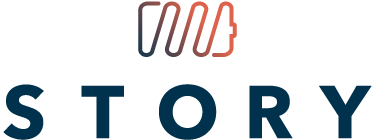1st STORY Highlight paper online!
STORYs Large Scale Modelling and Simulations Approach
The more diverse the power system is becoming in terms of new technologies and actors, the more important is an accurate and detailed understanding of its operation. For this purpose, STORY has developed a platform for reliable network simulations presented here.
First, the use of energy storage devices impacts the amount of energy generated by variable Renewable Energy Sources (RES) that the power system can absorb. STORY focusses on batteries, compressed air energy storage and thermal storage of different size. With their ability to adapt quickly their power settings these energy storage technologies can offer flexibility to the system. They are able to provide downward and upward power adjustments to deal with temporarily imbalances between generation and demand. This ability can be offered as a service in short term electricity markets (day-ahead, intra-day, and real-time), reaping the arbitrage-based rewards.
Second, the integration of storage devices impacts both transmission and distribution level of the power system. While the storage operation can directly influence the power quality and operation of the distribution grid by changing the voltage profiles and the loading in the grid feeders, the impact on the transmission system is more indirect. However, a coordinated operation of the aggregated small, distributed storage devices, in particular batteries, can change the transmission-level load behaviour. Such operation may also allow the participation of these devices in the capacity market to provide transmission-level grid services.
In this part of STORY, we focus on batteries as the most common form of electricity storage technology. To determine the operational and economic impact of electrical storage units on reliability and power quality of medium voltage (MV) and low voltage (LV) distribution networks, we need to consider several aspects important for storage valorisation. By looking into the role of storage in setting the investment- and operational conditions in distribution- and to some extent in transmission network, we will gain an insight into the economic impact and viability of storage implementation. Techno-economic comparison of deferred traditional grid-oriented investments in distribution network and storage costs using the STORY simulation platform will be the focus of our investigation within this part of the project.
DOWNLOAD THE WHOLE PAPER HERE
